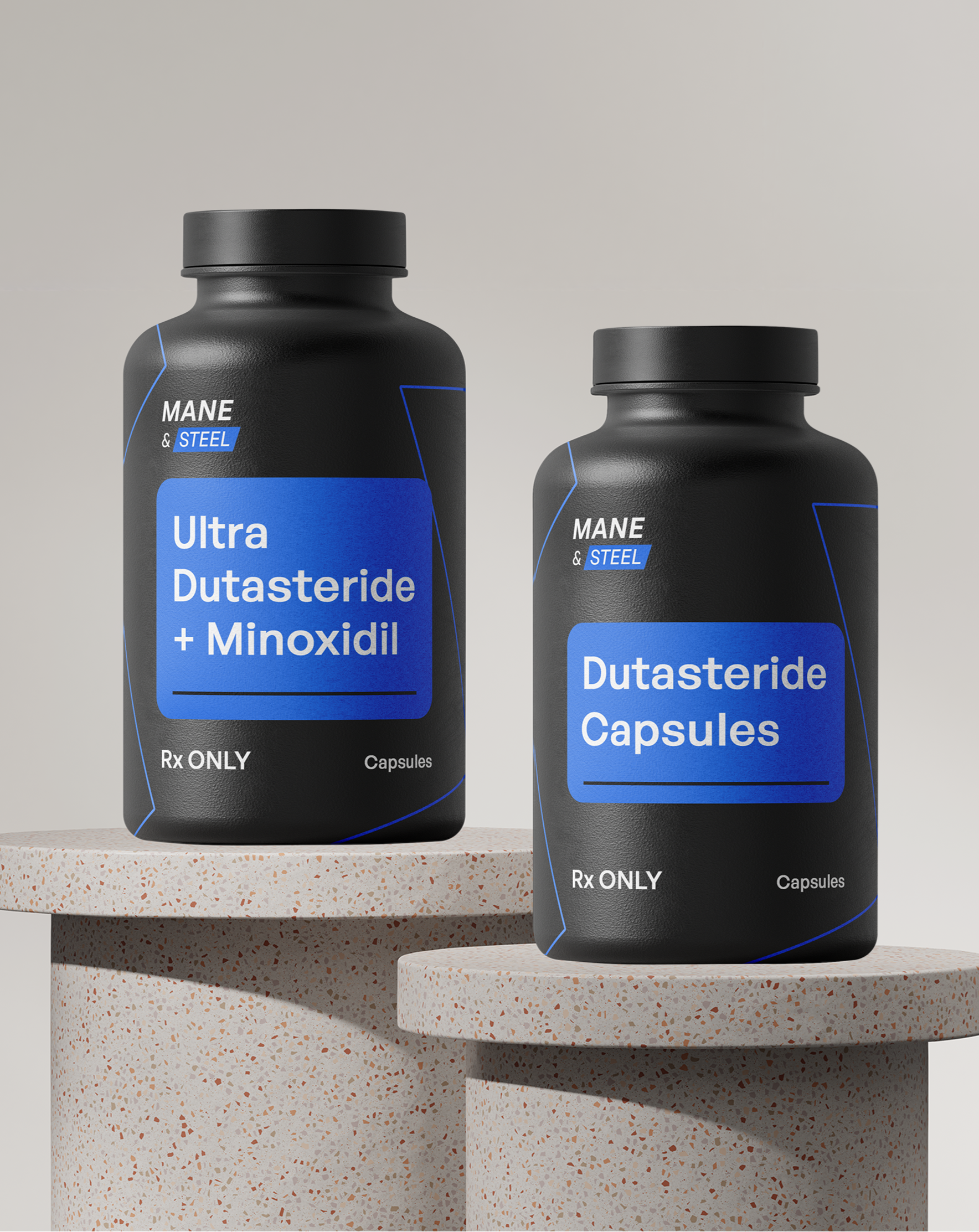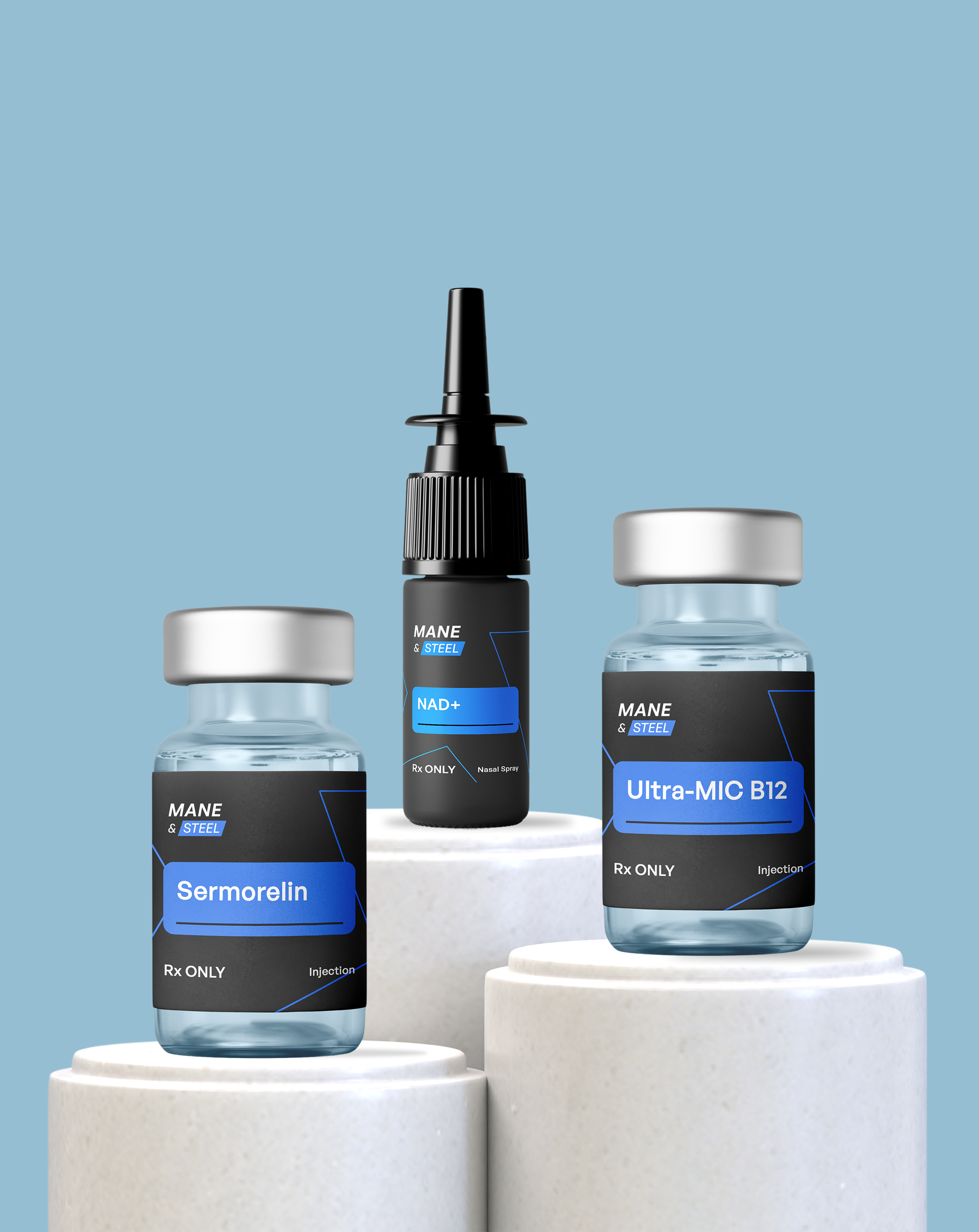Do You Still Need Dutasteride After a Hair Transplant? (Yes — Here’s Why)
Hair transplants are one of the most effective solutions for restoring a fuller hairline or crown. But there’s a common myth circulating in the hair loss community:
“Once you get a transplant, you don’t need medication.”
The truth? A transplant without medical therapy is like building a house on sand — it may look great at first, but without a solid foundation, it won’t last.
In this article, we’ll explain why Dutasteride remains essential even after a transplant, and how it protects your results for life.
Native Hair Is Still Vulnerable
Transplants only move hair from the permanent donor zone (typically the back and sides of the scalp). While those hairs are more resistant to DHT, the native hair around them is still vulnerable.
Without medication, ongoing hair loss continues, leaving you with a patchy or “see-through” look over time.
Transplanted Hair Is Resistant — But Not Immortal
Yes, transplanted hair follicles are more DHT-resistant. But they’re not completely immune. Long-term studies show that even transplanted follicles can miniaturize under constant DHT exposure.
If you’re not suppressing DHT, you’re risking both your transplant and the surrounding native hair.
Why Multiple Surgeries Happen
One of the biggest mistakes patients make is skipping meds and relying solely on surgery. This is why some individuals end up going through four, five, or even six transplants — because they never stabilized their loss.
Each surgery depletes your donor supply. Eventually, there’s nothing left to transplant.
Finasteride Myths vs. Dutasteride Reality
Some influencers talk about “side effects” after a few pills of finasteride and use it as an excuse to stop treatment. Meanwhile, they chase topicals for years with little to no results — and keep returning for more transplants.
Here’s the reality:
-
Finasteride blocks ~70% of DHT
-
Dutasteride blocks up to ~90% of DHT
-
Dutasteride has superior long-term outcomes for preserving both native and transplanted hair
-
Side effects are extremely rare in real-world research — the majority of men tolerate it with no issues
The Smart Post-Transplant Protocol
If you’re serious about long-term results, here’s the formula:
-
Stabilize hair loss before or alongside surgery (medication is the foundation).
-
Oral Dutasteride → the gold standard for DHT suppression.
-
Optional support therapies: Ultra Dutasteride + Minoxidil or Topical Dutasteride + Minoxidil for added growth.
Bottom Line
A transplant can restore what you’ve lost — but only medication can protect what you still have.
If you want results that last for decades, Dutasteride isn’t optional. It’s essential.
At MANE & STEEL, our mission is to help men not only restore their hair but also protect it for life with the most effective, evidence-based protocols.
Ready to protect your transplant?
Learn more about our Dutasteride protocol and join our community of men committed to lifelong hair health.









